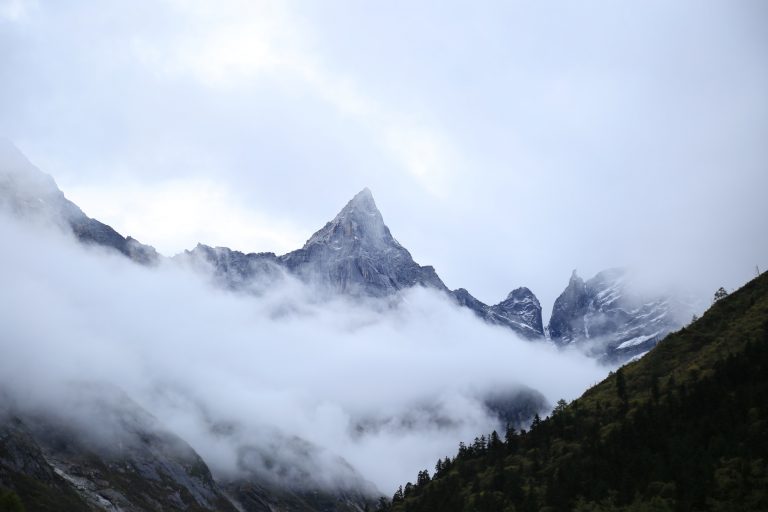
We are in the remote tundra of northern Mongolia, in the Saiyan mountains, whose peaks reach 11,500 feet. Here there is a eternal snow bank that the locals call ‘munkh mus’, but which now risk no longer being eternal.
Unfortunately, global warming is also happening there. As a result, the ice is melting – and this is interfering with local history and traditions.
The Importance of Permanent Ice in the Mountains of Mongolia
Permanent ice is fundamental to the life of the region’s traditional reindeer herders.
There is a small community in the mountains, currently made up of 30 families, who live by raising reindeer, milked to produce cheese and other foods. They depend on snowy areas for clean drinking water and to cool their hooves in the summer months. In addition, reindeer are notoriously cold animals and can overheat when it gets too hot. If the ice continues to shrink, this lifestyle – in addition to the ecosystem – could be at risk.
To understand the extent of this problem, a research team from the University of Colorado visited the site. Here they asked reindeer herders questions about their relationship to cold and ice. As a result, the researchers learned that the snow now seems to be melting faster than any time in recent history.
Everyone agreed that ice disappears completely in the middle of summer, and no local had ever seen this phenomenon before. Moreover, the experts reported that such melting could soon pose serious health risks to reindeer herds.
Archaeological Finds Are Also at Risk
But there is more. Perennial ice also contains some unique archaeological evidence from this Mongolia region. Such finds are related to the deeper history of pastoralism and in particular of reindeer farming. The potential loss of such evidence highlights the threats that climate change poses to the world’s cultural heritage.
Therefore, it is not only the modern history of Mongolia that is at risk. From the analysis of 11 ice patches, researchers discovered several artifacts, including two carved branches that may have been part of a fishing rod. Similar discoveries, the team reported, could disappear forever in the melting ice. Archaeology, in fact, is not renewable. Once the ice has melted and these artifacts are gone, they can no longer be recovered.
Over the last two decades, temperatures in Mongolia have increased by more than 2.5 degrees above the average of the 20th century. This increase could cause ice problems in the whole region.









